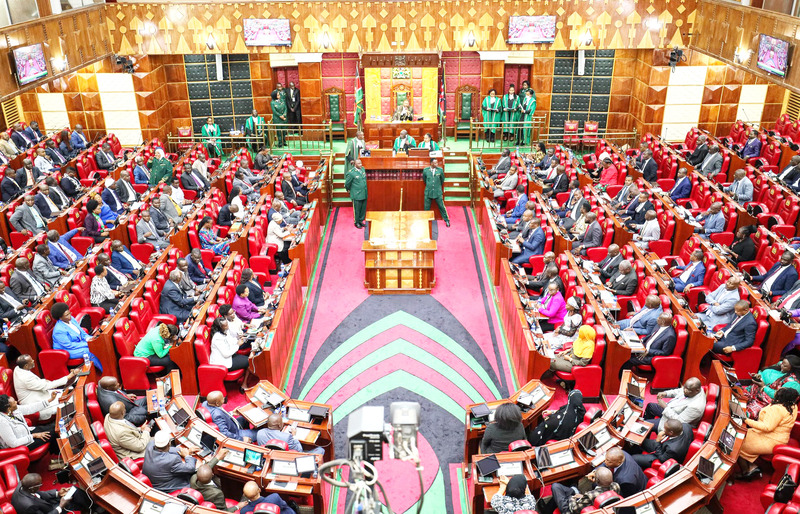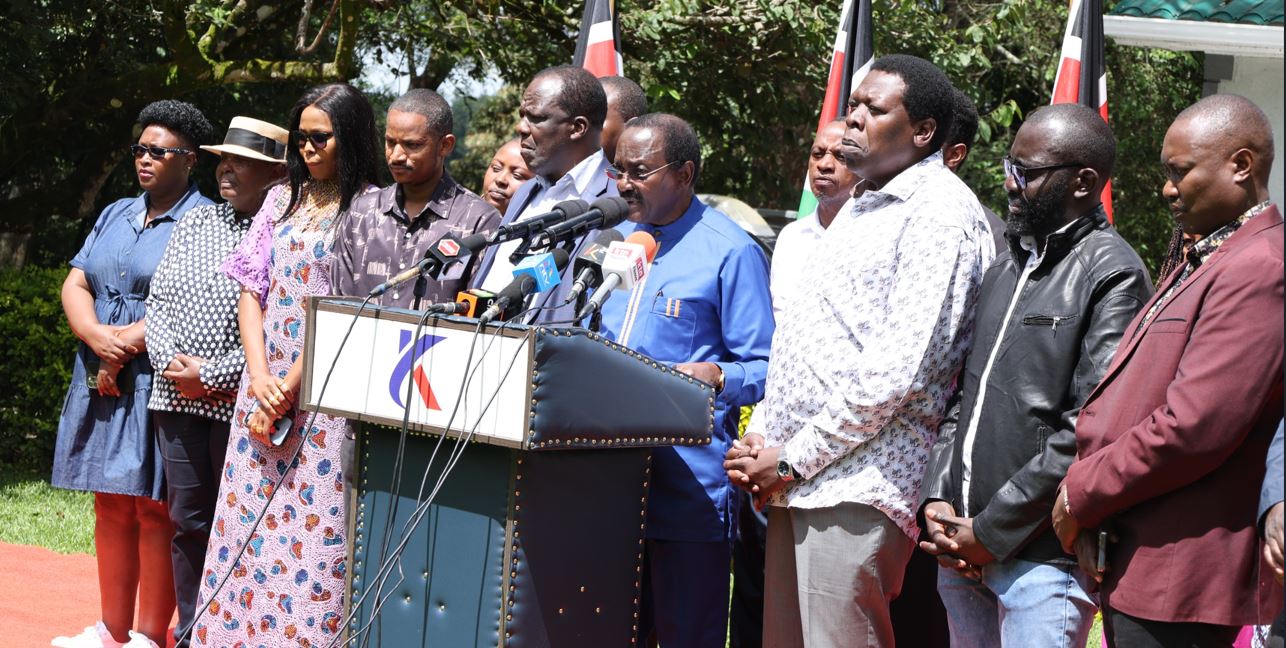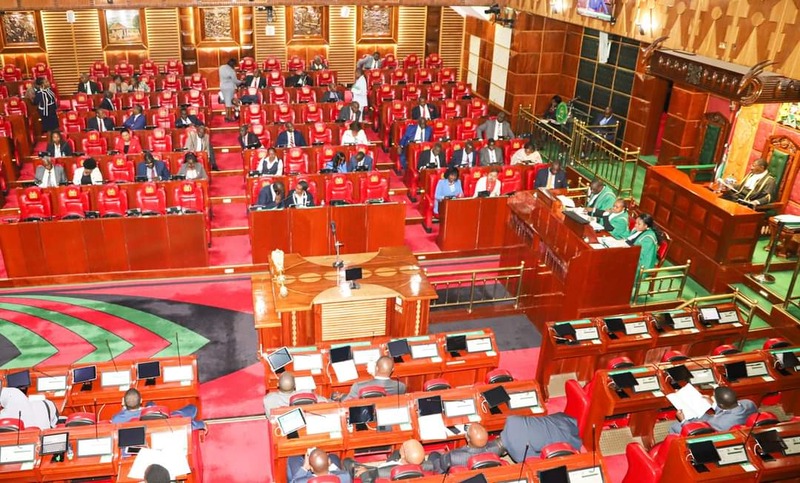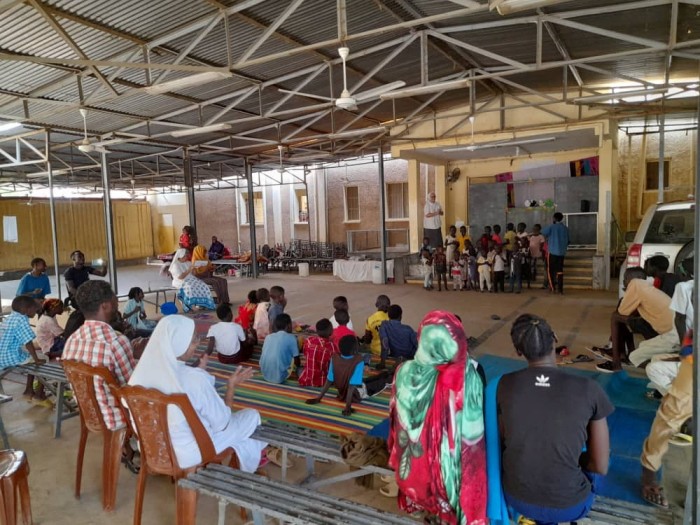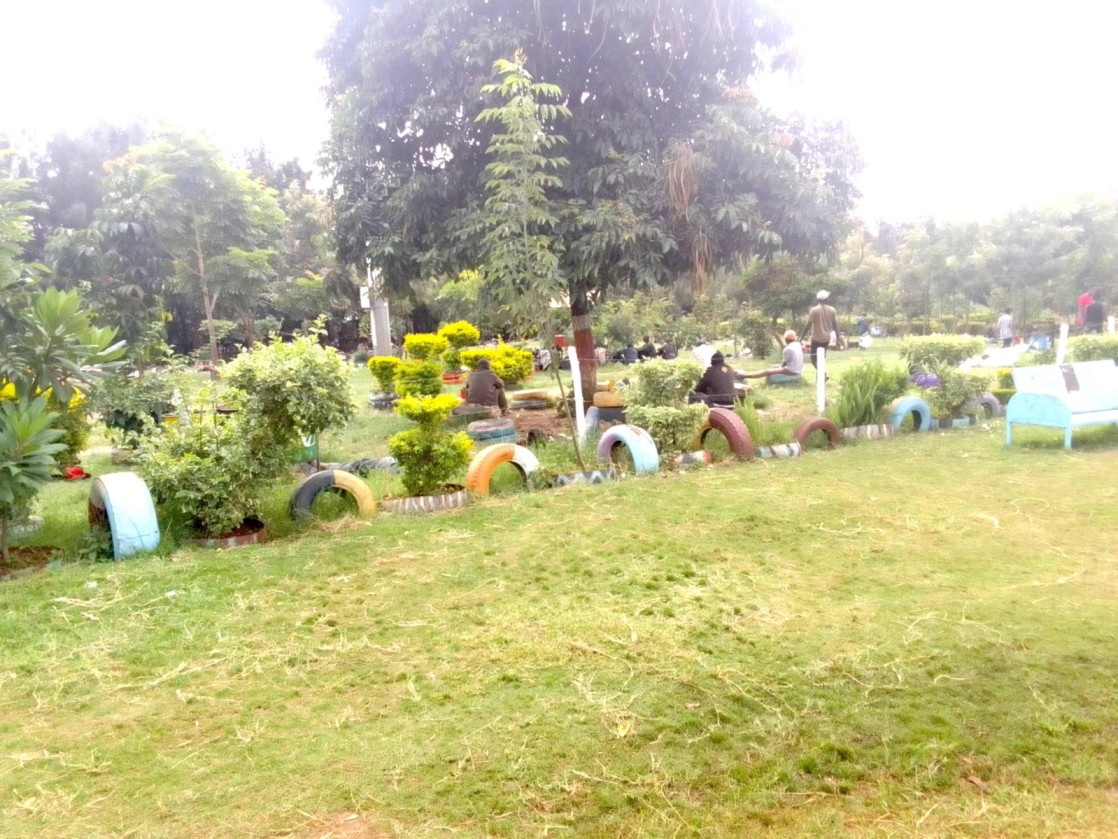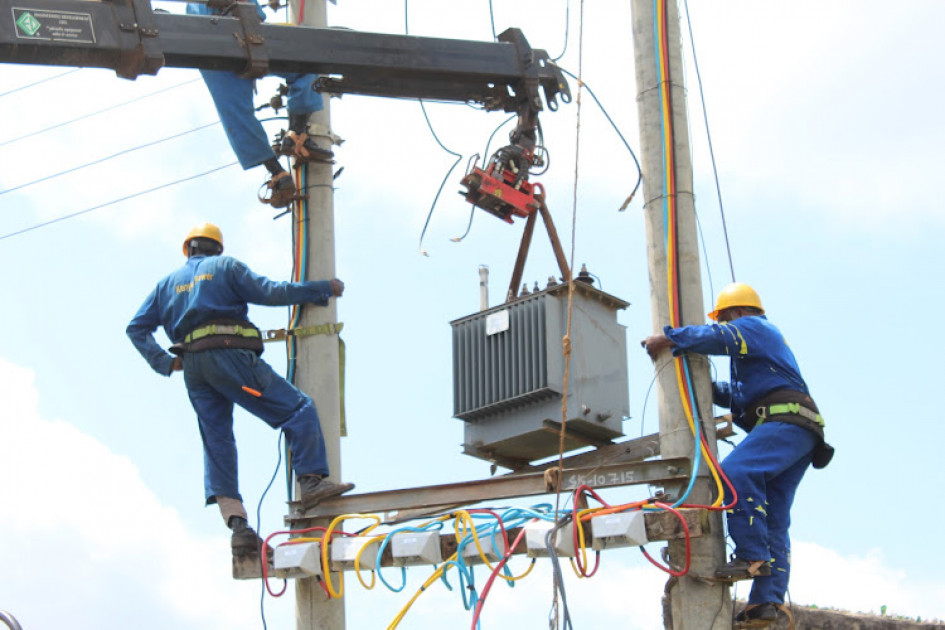OPINION: Build dam on Ewaso Ng'iro North River to curb frequent floods
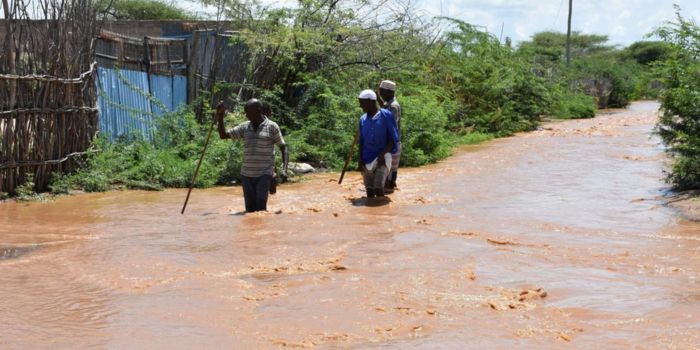
By Mohammed Doyo |
This cycle of devastation has become all too familiar for those living along the river's banks, and it is a reality that we can no longer afford to ignore.
The Ewaso Ng'iro North River has been a source of both life and destruction for the communities living along its banks. The river's seasonal floods have repeatedly devastated the downstream areas within Isiolo and Wajir counties, disrupting lives and livelihoods.
It is high time this perennial problem is addressed, and a dam built on the Ewaso Ng'iro North River to curb these recurrent floods.
Keep reading
The root of the problem lies in the river's erratic flow patterns.
During the rainy seasons, the Ewaso Ng'iro North River swells, its waters surging downstream with destructive force. The resulting floods wreak havoc on the communities in its path, destroying crops, damaging infrastructure, and displacing people from their homes.
This cycle of devastation has become all too familiar for those living along the river's banks, and it is a reality that we can no longer afford to ignore.
Merti, a small town along the banks of the river, has been a victim of its relentless fury. When the rains come, the river swells, its waters surging through the town like an unstoppable force.
The streets become rivers, houses are swallowed whole, and the once vibrant community is reduced to a scene of chaos and despair. Families are forced to flee their homes and their possessions are swept away by the raging waters.
Children cling to their mothers, their cries drowned out by the roaring river. The elderly and the sick are left vulnerable, their lives hanging in the balance as the floodwaters rise.
The aftermath is a ruined town, its people left to pick up the pieces of their shattered lives.
The trauma of the floods lingers long after the waters recede, a constant reminder of the suffering endured. Merti's story is one of resilience in the face of adversity, but it is also a stark reminder of the urgent need to stop the recurring nightmare of floods.
The proposed Sh30.9 billion Crocodile Jaw Dam offers a promising solution to this recurring problem. With a projected storage capacity of 315 million cubic metres, the dam would regulate the river's flow, holding back the excess water during the rainy seasons and releasing it gradually during the dry months.
This controlled release would significantly reduce the risk of downstream flooding, providing much-needed relief to the affected communities.
The benefits of constructing a dam on the Ewaso Ng'iro North River go beyond flood control.
By regulating the river's flow, the dam would ensure a consistent and reliable water supply throughout the year. This would support agriculture, livestock farming, and other water-dependent economic activities in the region. Furthermore, the dam's potential to generate 16 MW of hydropower would contribute to the region's development and reduce reliance on fossil fuels.
Kenya has witnessed the transformative power of dams in curbing floods and regulating river flows. The Masinga Dam on the River Tana and the Turkwel Gorge Dam on the River Turkwel are testaments to the effectiveness of dams in mitigating the destruction caused by seasonal flooding.
These dams have reduced the frequency and intensity of downstream floods and supported the growth of irrigation, hydropower generation, and fisheries, bringing significant socio-economic benefits to the regions they serve.
Elsewhere in Africa, the Nile, the longest river in the world, has long been a source of life and destruction for the communities living along its banks. The river's seasonal floods in Sudan have historically caused widespread devastation, particularly in the Khartoum area and along the Blue Nile.
To address this perennial problem, the Sudanese government, in collaboration with international partners, embarked on building the Merowe Dam, on the main Nile River in northern Sudan. The dam has been instrumental in curbing the recurrent floods that have plagued the region for decades.
It has effectively regulated the Nile's flow, holding back excess water during the rainy seasons and releasing it gradually during the dry months.
The dam has mitigated the destructive impact of seasonal flooding and supported the region's development through irrigation, hydropower generation, and improved water management.
The Crocodile Jaw Dam has the potential to replicate these successes and transform the lives of over 500,000 people in Isiolo, Laikipia, and Samburu counties. However, the success of this project hinges on the active involvement and support of the local communities.
The government must engage the affected communities, address their concerns, and ensure the project is carried out in a fair, transparent, and environmentally sustainable manner.
The time for action is now. We cannot stand by and watch as the communities along the Ewaso Ng'iro North River continue to suffer from the devastating effects of recurrent floods.
The writer is a public policy specialist and management consultant.
doyomohammed@gmail.com

